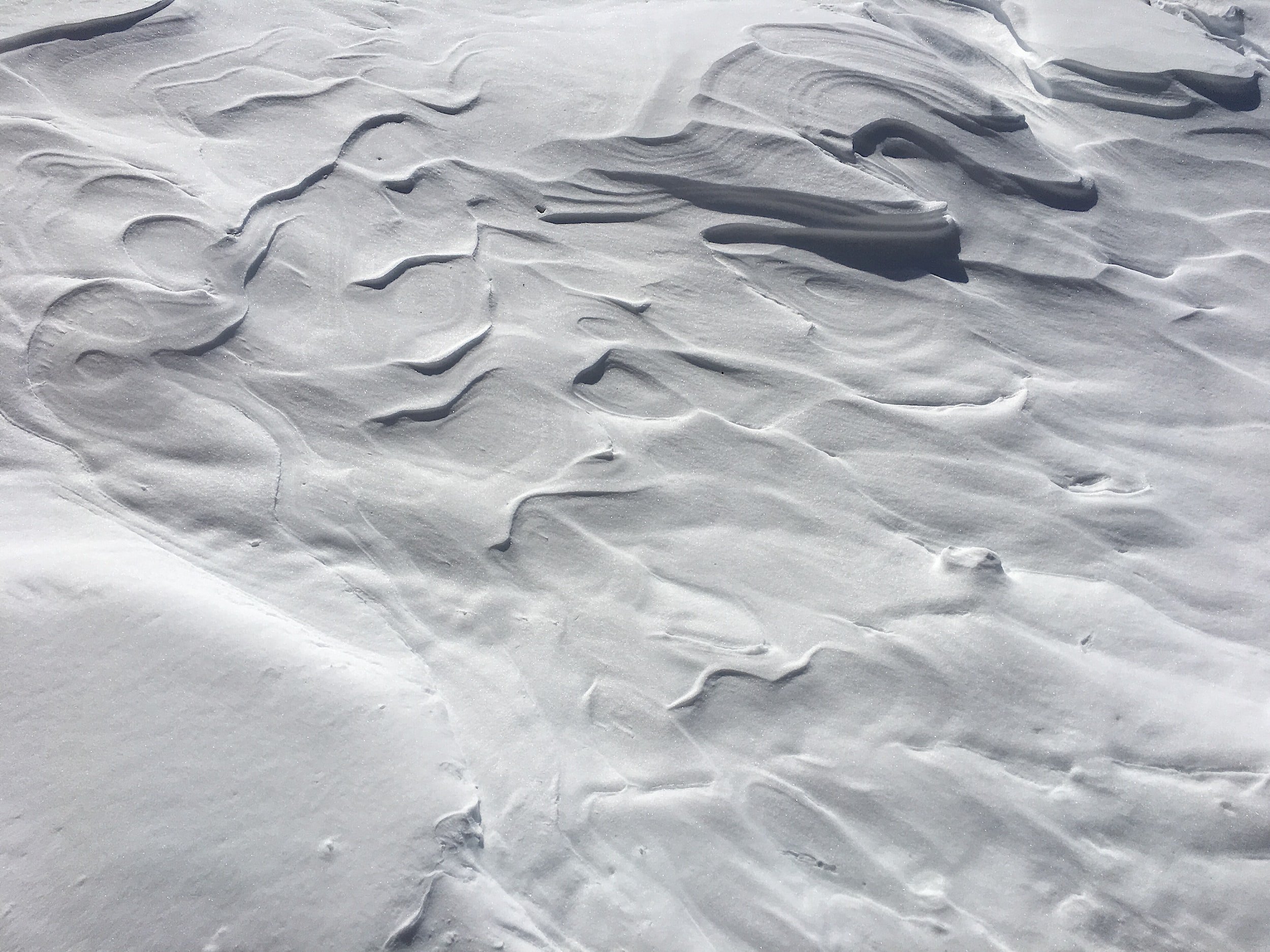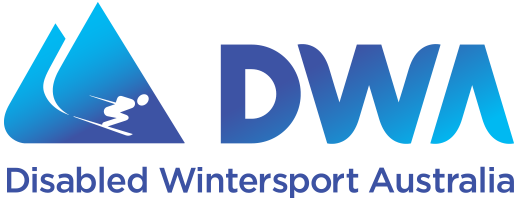
Member Portal
Welcome to the member portal, where you can find out more information relevant to your membership.
In this section you will be able to read about lift pass and instruction concessions, member camps, DWA’s sports development system, a guide to adaptive equipment as well as information about member rights and responsibilities.
You can also log in to your member profile here or renew your membership here.
Lift Pass Concessions
Australian snow resorts provide DWA individual members (excluding associate members) a concession of up to 50% on season passes and on regular full day lift tickets upon presentation of a valid DWA membership card. Resorts also provide concession of up to 50% on the regular full day lift pass price (adult generally) to DWA members who require a carer or guide and where that is noted or endorsed on their membership card.
DWA members are encouraged to check pricing at each resort prior to their visit.
Snowsports Instruction Concessions
Australian snow resorts provide DWA individual members (excluding associate members) concessions of up to 50% on private adaptive snowsport lessons. An adaptive instructor is a professional who has been trained to teach people with disabilities to ski and snowboard. If you are skiing or snowboarding for the first time, want to improve your skiing or snowboarding skills or want to guarantee someone will be able to guide you, we recommend booking a private adaptive lesson through the snowsport school.
To enquire further about lesson times and availability you can contact your resort listed below. Be sure to mention you require an Adaptive Instructor and quote your DWA membership number found on your card to be eligible for the member benefit. Because pricing structures vary between resorts, the concession may be applied differently, so DWA members are advised to check the specific concessions available at each resort. Each resort has the discretion to apply lesson concessions as appropriate.
Additional Concessions
Australian snow resorts may in some cases provide additional benefits and concession programs for the benefit of DWA members such as season pass concessions, rental concessions and the like. These additional benefits are provided at the sole discretion of each resort in negotiation with DWA. DWA members are advised to check the specific concession available at each resort.
Member Offers
In addition to the benefits above, there are many DWA supporters, both on and off mountain, that provide discounts to our members.
For more details, head to our Member Offers page.
DWA Member Camps
During the season DWA provide a series of winter camps for members, held in New South Wales and Victoria. These camps are a great way to meet other members and spend time together on and off snow. Member camps are open to any current member, regardless of ability, although some camps may have a particular focus or target group. Each camp includes accommodation, snowsports guides, equipment, lessons and lift passes.
DWA Sports Development System
As the National Sporting Organisation and peak body for adaptive wintersport, DWA offers opportunities to participate in our sport development programs including learn to race recreational competition, right through to elite international competition.
DWA works closely with Snow Australia to support members who may wish to pursue a para competition pathway, and with other organisations such as Invictus, Special Olympics and others to support future athletes on those pathways. In 2023 DWA launched a series of athlete development camps, run by DWA with involvement of Snow Australia and others. These camps are by selection, with the purpose of potentially identifying and developing future athletes. From here there are established pathways to the national level and then onto the World Cup circuit culminating at the Winter Paralympic Games held every four years.
Adaptive Equipment
An important factor that allows some people with a disabilities access to the alpine environment and ski slopes is specialised adaptive equipment. This is equipment that has been designed to maximise the mobility of the skier/rider.
Equipment such as sit-skis and outriggers allow people with disabilities the opportunity of enjoying Australia's winter playgrounds. As a DWA member, skiers and riders have access to this specific equipment.
Please note that DWA equipment is rated to a maximum of 100kg. Please refer to our weight policy or contact a team member for further information.
Stand up skiing
Outriggers
Outriggers are adapted crutches with a small ski tip attached to the base which can be flipped up to use as a crutch in the lift lines or down in the ski position to assist with balance and initiation of turns. Outriggers are used by standing skiers and a shorter model is used by sit-skiers.
4-track
4-track skiing refers to standing skiers who usually require the assistance of crutches or a walking frame to assist with balance. These skiers may also require the use of a tip clamp to keep the two skis together. 4-track skiing may be suitable for people with cerebral palsy, multiple sclerosis, muscular dystrophy, post polio or spina bifida.
3-track
3-track skiing refers to standing skiers who ski on one leg with stand up outriggers, for example people with a leg amputation or post polio.
Snow Slider
The Snow Slider is similar to a walking frame on skis. It has forearm rests and handles and provides support to stand up skiers. The Snow Slider is tethered by a guide or instructor and other guides can provide support by holding onto the side handles. It can only be used on easy terrain.
Tip clamps
Tip clamps are two clamps attached to the tips of a person's skis, connected by a chain. This helps the skier keep their ski tips close together and make a snow plough more easily. A guide or instructor can attach tethers to the tip clamps and help the skier control their speed and direction of travel.
Sit-skiing
Sit-skiing is divided into two main areas, bi-skiing and mono-skiing.
Sit-skiing involves skiing in a seated position within a modified, padded seat (a 'bucket') that is fixed to either one or two skis. A number of straps secure the skier into the bucket. The skier uses two shortened outriggers to assist with balance and to help initiate turns. All sit-skis are designed so that the ski and skier can be easily loaded onto chairlifts, with quick-release type attachments also allowing loading onto Poma or t-bar tows.
Bi-ski
A bi-ski is named so because the bucket is attached to two skis. Bi-skis are stable with a low centre of gravity. These skis are designed so that the skier is positioned close to the snow and the short and wide shape of the ski provides a large snow contact area. The snowsport guide or instructor can help control the speed and direction of the sit-ski by holding onto the bucket or attaching tethers to the bucket.
Mono-ski
A mono-ski is named so because the bucket is attached to one ski. The mono-ski provides for more advanced skiing, with a higher centre of gravity and a thinner, longer ski shaped for speed and agility. The mono-ski design also incorporates a shock absorber and suspension system into the frame to absorb bumps.
Dual-ski
Similar to a mono-ski in that it has a shock absorber and longer skis shaped for speed and agility. The dual-ski has two skis attached which provides more stability than a mono-ski.
Member Rights and Responsibilities
Individual Members (not Associate Members) of Disabled Wintersport Australia carrying a current DWA membership card are eligible for concessions on tickets and lessons at all ski resorts in Australia. To be sure of what is available at a particular resort, contact the resort before your visit.
Lesson times at each resort will vary and are dependent on demand, particularly prior to midday. Please check with the snowsport school at the resort regarding availability.
You must present your current DWA membership card when purchasing a ticket so that resort personnel can easily identify you. Failure to show your card will result in you having to pay full prices.
All DWA membership card holders must have their card on their person at all times while skiing/riding. The card has important information such as emergency contact details, current medications, allergies and any other information that can assist medical personnel in case of an emergency.
Under no circumstances do concessions entitle members to lift line privileges. Members who find it difficult standing in the lift lines can ski to the head of the queue and wait until their partner comes through the line, or if skiing alone, wait for a single. If skiing with an escort, the escort is to go through the line. Please co-operate fully with the lift operator at all times.
Please advise the lift operator at the bottom station that you have a disability and what you require of them. All personnel are friendly and only too willing to help.
Non independent, sit-skiers, mono and bi-skiers and vision impaired skiers/riders must be accompanied by a snowsports guide/carer who is capable of assisting the lift operator with on and off loading procedures.
It is recommended that any skier/rider who may be subject to periods of unconsciousness, blackouts or seizures, wear a restraint belt that can be attached to the chair lift to ensure safety whilst riding lifts as well as skiing/riding with a guide/carer at all times.
It is vital that as you are loaded onto a chairlift, that the safety bar is lowered immediately and that if using a sit-ski the restraint straps are then fastened to the chair. Please be ready to remove restraint straps from the chair and raise the safety bar just prior to offloading the chairlift.
Please adhere and respect all directives from mountain personnel and the Alpine Responsibility Code. These measures are in place for your safety in order to create the most optimal environment for you to have an enjoyable time whilst engaging in snow sports in the alpine areas of Australia.
If you are a person with disability interested in becoming a member
If you want to use your skiing or snowboarding skills as a volunteer guide
